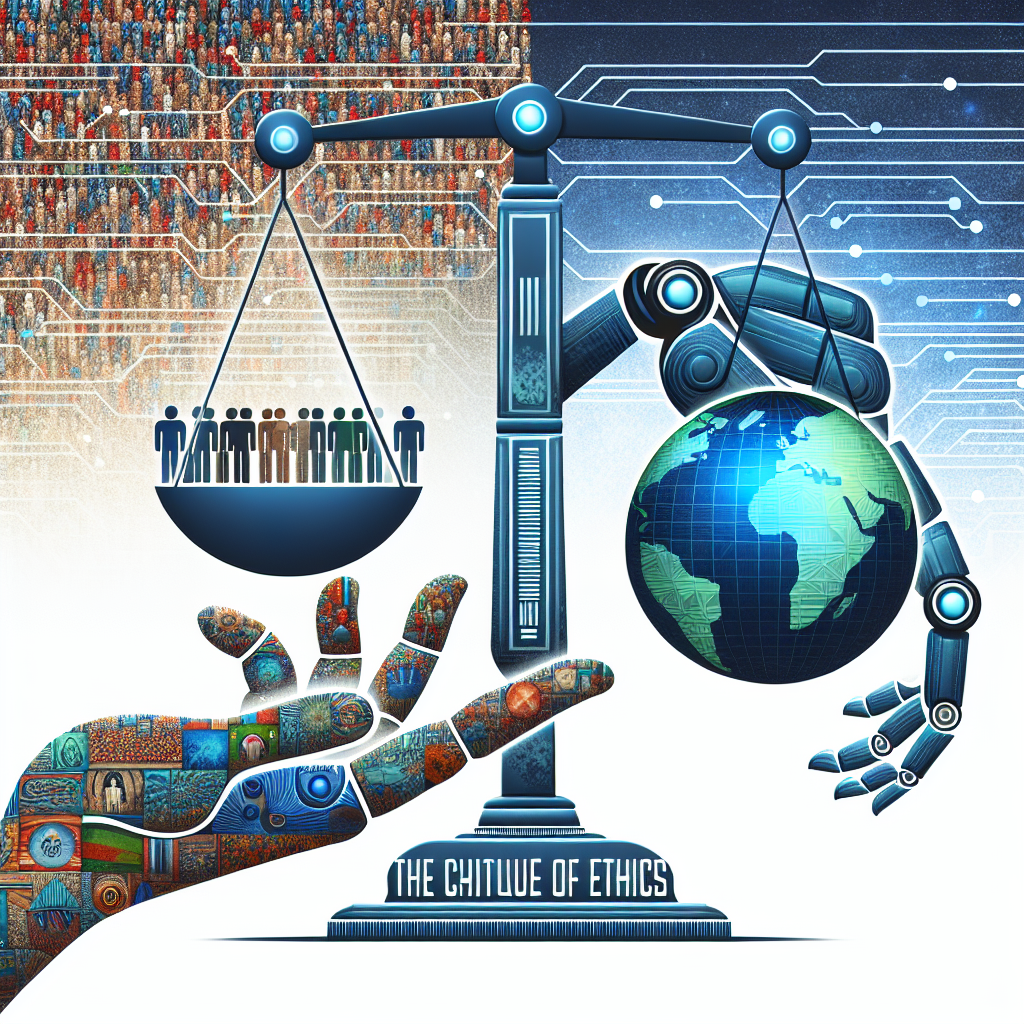Artificial Intelligence (AI) has revolutionized various industries, including philanthropy. With the ability to analyze vast amounts of data and make predictions, AI has the potential to transform the way organizations approach philanthropic giving. However, as with any new technology, there are ethical implications that must be considered when using AI in philanthropy.
One of the main ethical implications of AI in philanthropy is the potential for bias in decision-making. AI algorithms are only as good as the data they are trained on, and if that data contains biases, the AI system will perpetuate those biases. For example, if a philanthropic organization uses AI to determine which communities are in need of support, but the data used to train the AI system is biased towards certain demographics, then those communities may be overlooked or underserved.
Another ethical concern is the lack of transparency in AI algorithms. Many AI systems are considered “black boxes” because the inner workings of the algorithms are not easily understandable. This lack of transparency can make it difficult for organizations to understand how decisions are being made and to hold AI systems accountable for their actions.
Additionally, there is concern about the potential for AI to replace human judgment in philanthropic decision-making. While AI can analyze data and make predictions, it lacks the empathy and emotional intelligence that humans bring to the table. There is a risk that relying too heavily on AI could dehumanize the philanthropic process and lead to decisions that lack compassion and ethical consideration.
Despite these ethical concerns, AI also has the potential to revolutionize philanthropy in positive ways. AI can help organizations identify trends and patterns in data that would be impossible for humans to discern, leading to more effective and targeted philanthropic initiatives. AI can also help organizations optimize their resources and streamline their operations, allowing them to have a greater impact on the communities they serve.
In order to navigate the ethical implications of AI in philanthropy, organizations must take a proactive approach to addressing these concerns. This includes ensuring that AI systems are trained on diverse and unbiased data, promoting transparency in AI algorithms, and maintaining a balance between AI-driven decision-making and human judgment.
Furthermore, organizations must also consider the implications of using AI in philanthropy on a broader scale. For example, how will the use of AI in philanthropy impact the overall distribution of resources and power within society? Will AI exacerbate existing inequalities, or will it help to level the playing field?
Ultimately, the ethical implications of AI in philanthropy are complex and multifaceted. As organizations continue to explore the possibilities of AI in their philanthropic efforts, it is essential that they do so with a critical eye towards the potential ethical implications and work to mitigate any negative consequences.
FAQs:
1. What are some examples of how AI is being used in philanthropy?
– AI is being used in philanthropy to analyze data to identify areas of need, predict trends in giving, optimize fundraising campaigns, and streamline operations.
2. How can organizations ensure that AI systems are trained on unbiased data?
– Organizations can ensure that AI systems are trained on unbiased data by using diverse datasets, implementing bias detection algorithms, and regularly auditing and testing AI systems for bias.
3. What are some ways to promote transparency in AI algorithms?
– Organizations can promote transparency in AI algorithms by documenting the decision-making process, disclosing the data sources used, and providing explanations for the outcomes generated by AI systems.
4. How can organizations balance AI-driven decision-making with human judgment in philanthropy?
– Organizations can balance AI-driven decision-making with human judgment by involving human decision-makers in the process, setting clear guidelines for when AI should be used, and prioritizing ethical considerations in decision-making.
5. What are some potential risks of using AI in philanthropy?
– Some potential risks of using AI in philanthropy include bias in decision-making, lack of transparency in AI algorithms, and dehumanization of the philanthropic process.
In conclusion, the ethical implications of AI in philanthropy are complex and require careful consideration. By proactively addressing these concerns and working to mitigate any negative consequences, organizations can harness the power of AI to create positive change in the world.

